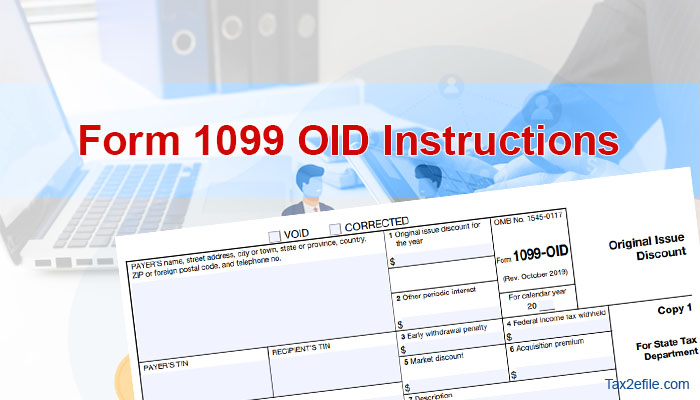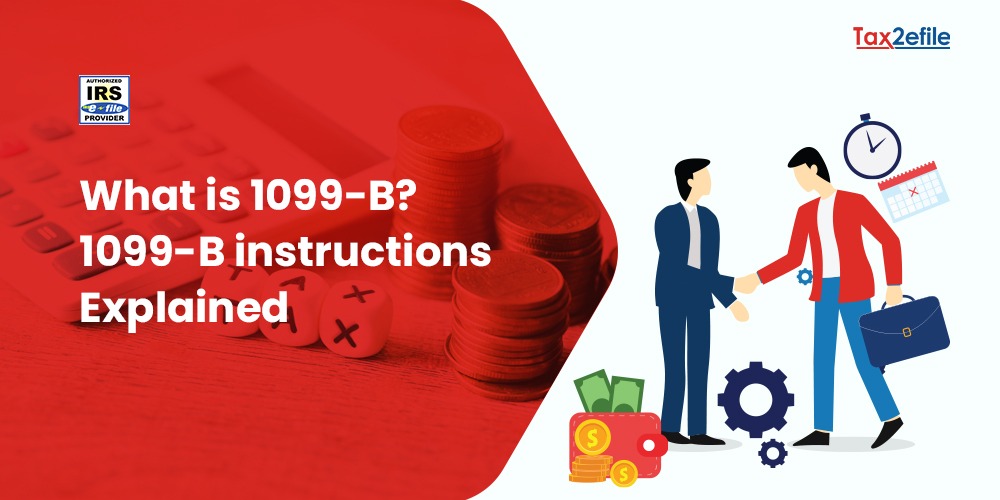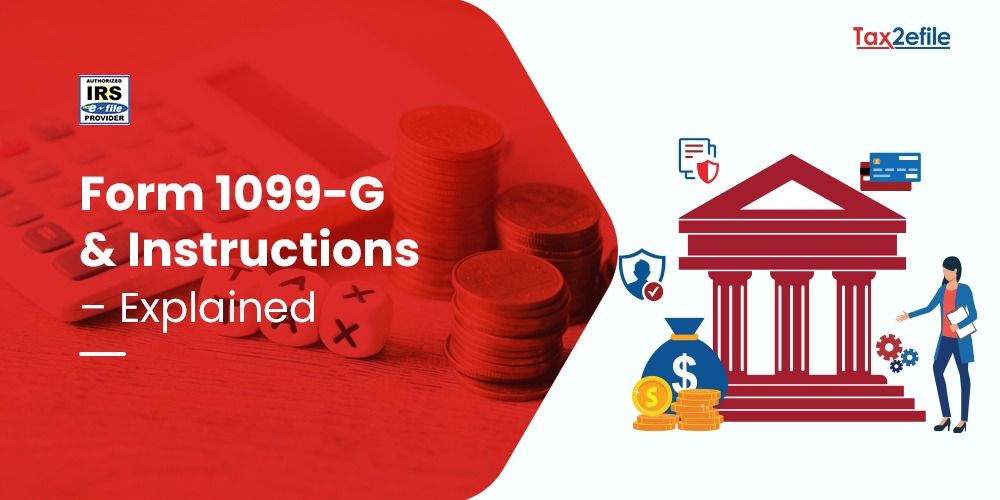- March 9, 2023

The IRS Tax Form 1099-OID is used by taxpayers to report a certain type of interest from bonds issued at a price lesser than the value that one can redeem, upon maturation of the bond. Thus, this tax Form reports income when notes, certificates of deposits, and other bonds are sold at a discount, compared with her maturity value. The taxpayer should consider this discount as income and report them to the IRS.
Table of Contents
Who files tax Form 1099- OID?
Form 1099-OID is generally sent by the brokerage company that holds the debt instruments for investors with OID. Investors will not issue this tax form unless they pay the original issue discount to someone else. 1099-OID is issued for anyone who belongs to the following three cases,
- When the investment firm pays at least $10 as reportable OID to someone.
- When the firm withheld and paid foreign tax on OID.
- When they withheld and didn’t refund federal income tax from someone under the backup withholding rules.
The IRS tax Form 1099-OID has several pieces of information on it, and taxpayers have to include the information on this form with their tax returns.
What is the 1099-OID Form used for?
The IRS Form 1099-OID is used by taxpayers to report the original issue discount interest along with their income. The original issue discount for a long-term debt instrument would be calculated based on the data of its issue, and the type of the debt instrument. The rules for incorporating OID in the income will not apply to savings bonds in the US, loans of $10,000 or less, and tax-exempt obligations, between individuals who are not in the lending money business.
Who sends Form 1099-OID?
The holder of the debt instrument would send a copy of the 1099-OID for those who have interest that has to be reported as income. If the taxpayer doesn’t receive Form 1099-OID, then they can contact the holder regarding the same.
Taxpayers can file this Form electronically with the IRS. There are five copies of this Form. The holder of the debt instrument will file copy A of this Form with the IRS, and Copy 1 will go to the state tax department. Copy B and Copy 2 of the Form are sent to the taxpayers. The holder will retain Copy C of the Form. Tax Payers will receive Form 1099-OID in their mail. Though taxpayers need not submit it when they file their tax return, they should hold onto the file for their records.
The IRS Form 1099-OID is an important tax return form for those who wish to report special kinds of investment income and interest on their tax returns. This Form will render specific information that the taxpayer would need to report correctly and in the appropriate categories. If you can still unclear about filing Form 1099-OID, you can take help from tax experts at Tax2efile. The experts will help you to file your returns with confidence.


